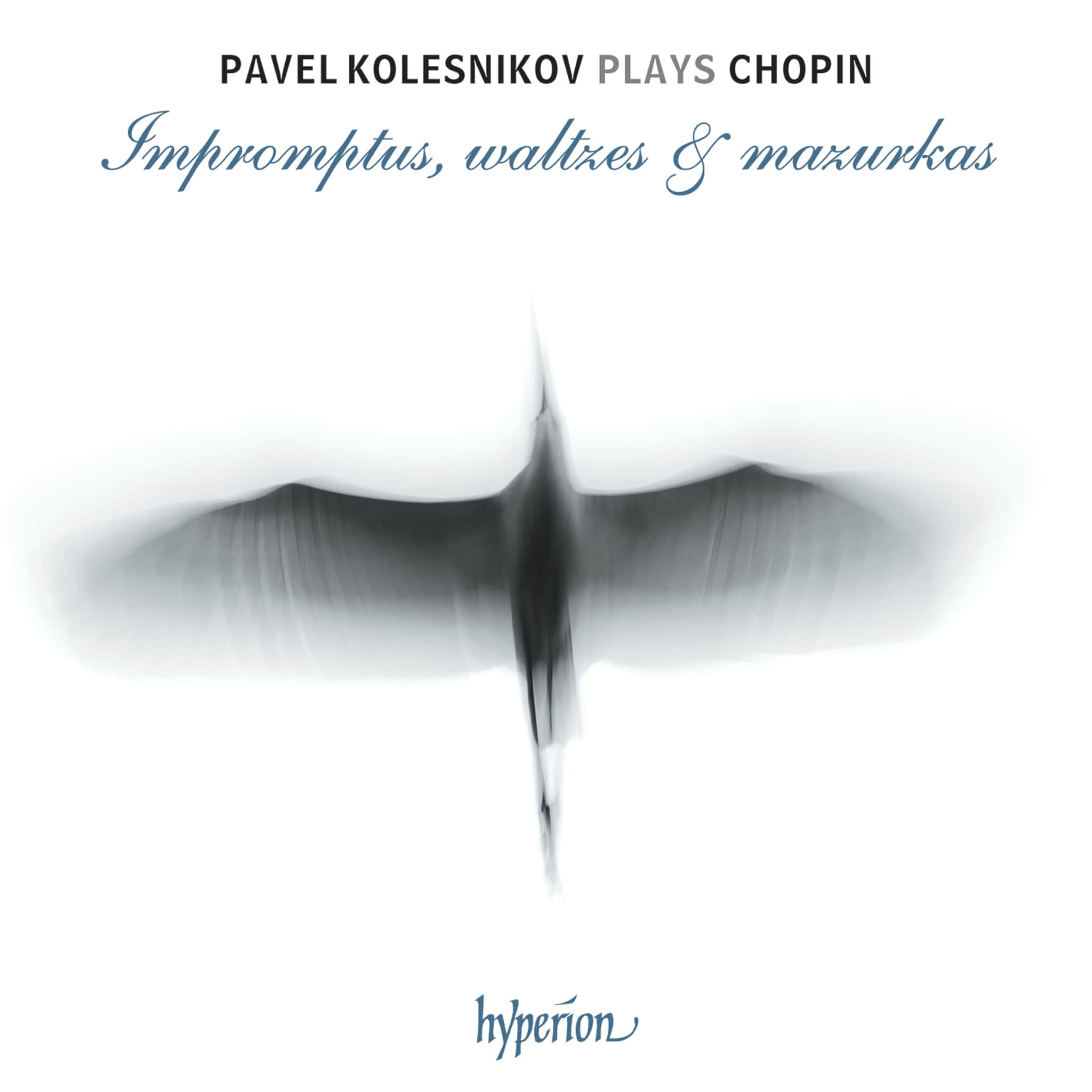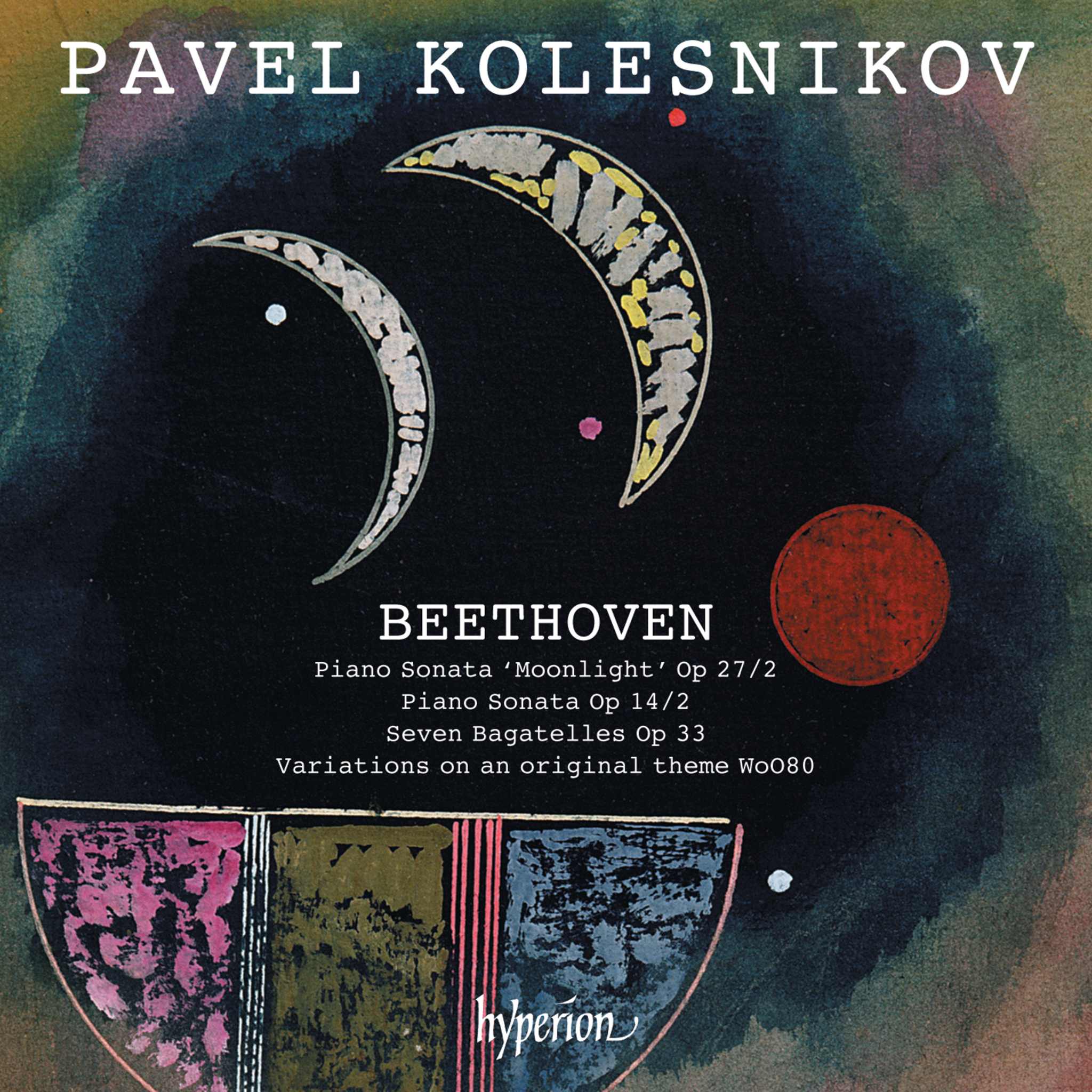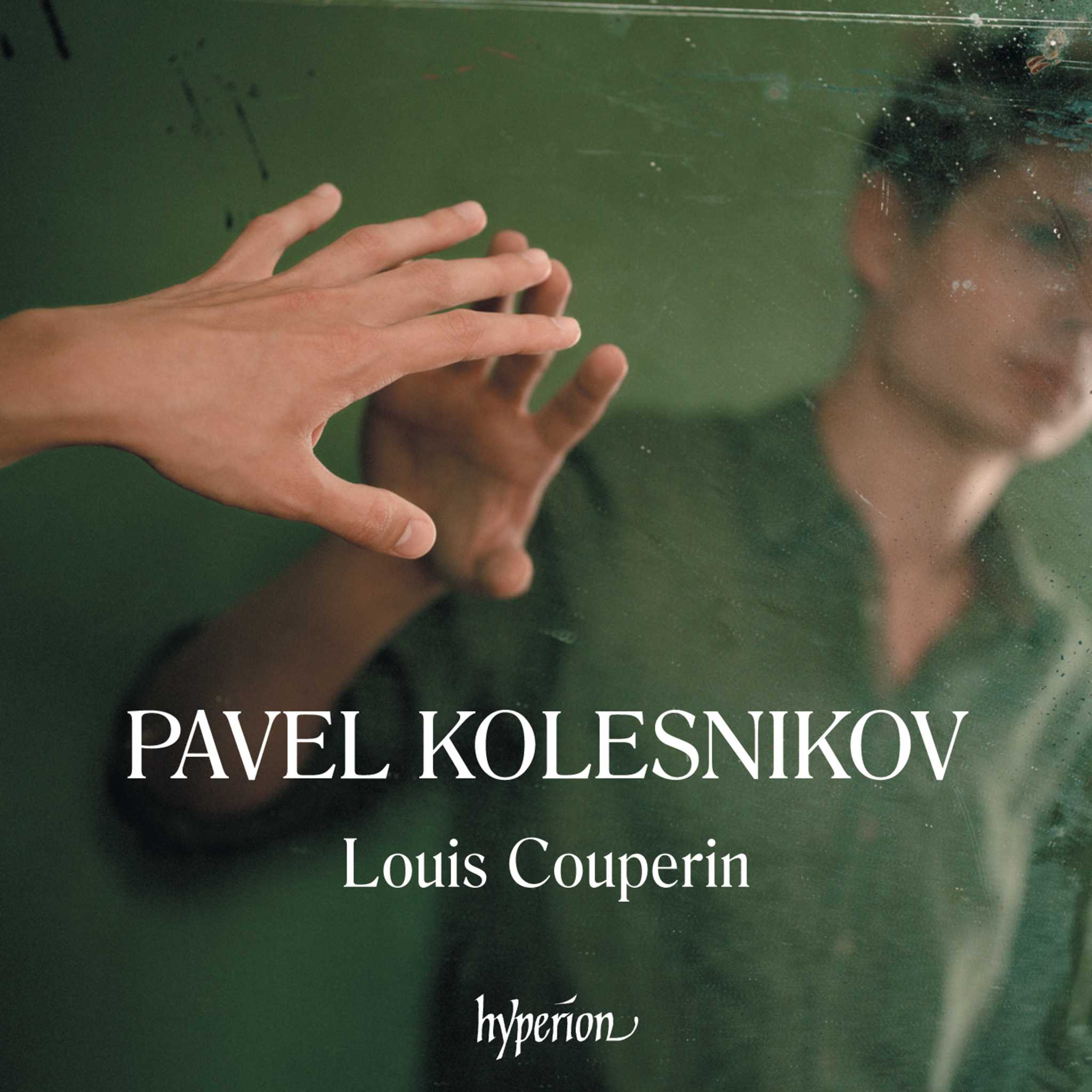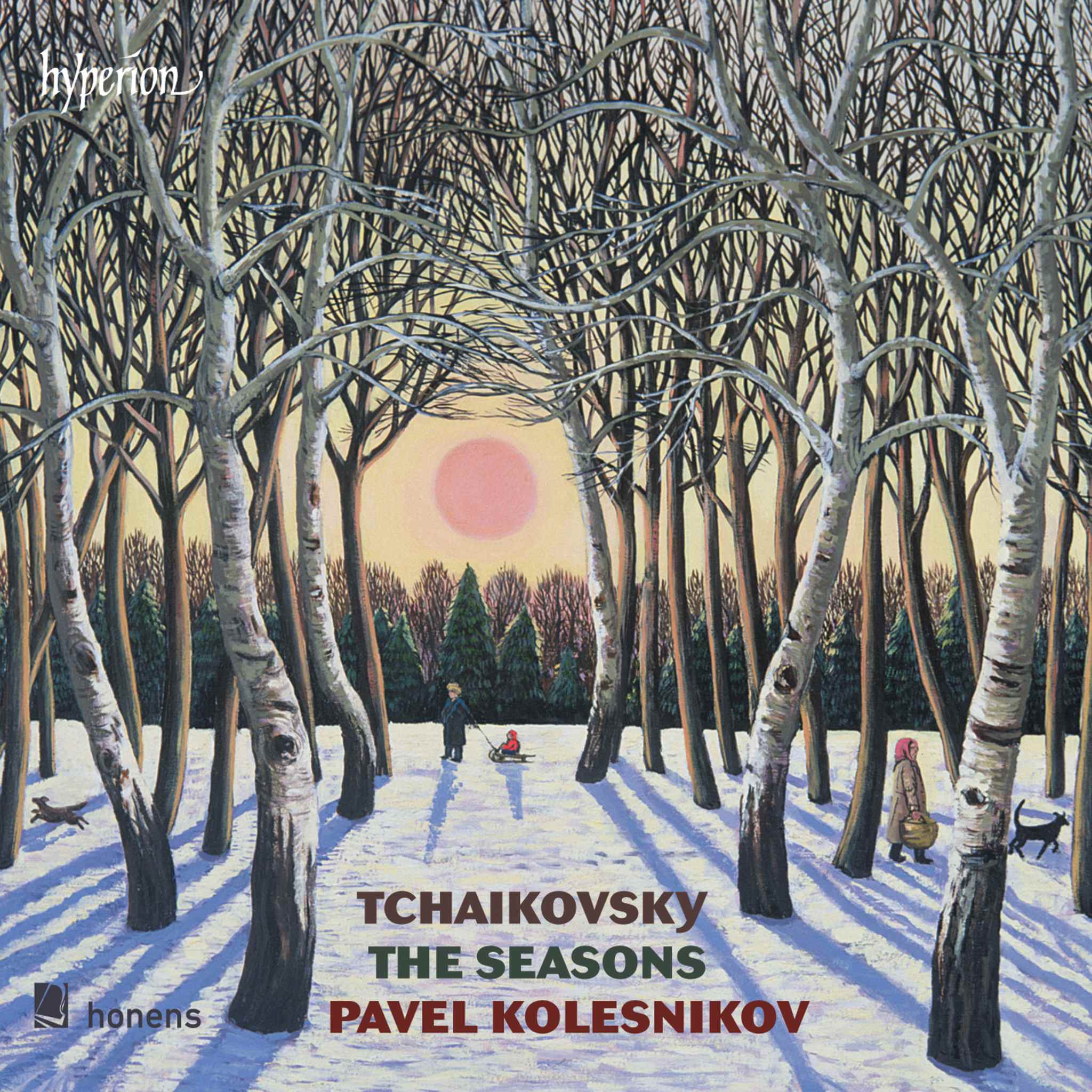Album insights
The term "Generation after Josquin" has been applied to many composers who worked in Northern France and the Low Countries over the years. This designation stems partly from Josquin's influence and fame in his later years and the half-century after his death, but also from modern misunderstandings about historical circumstances. With the current assumption that Josquin was born in the early or mid-1450s—and not in 1440 as long thought—it is now paradoxical, for example, to label the Frenchman Jean Mouton, who was a "child of the 50s" and outlived Josquin by just a year, as a member of the following generation of Dutch musicians. Similarly, composers like Jacobus Clemens non Papa, Thomas Crecquillon, or Cipriano de Rore, all under ten years old when Josquin died in 1521, belong not to the next but to the generation after. The term is most appropriate for the composers born in the last quarter of the 15th century, during Josquin's career as an adult but before he achieved the legendary status that surrounded him from 1500 onwards, obscuring both his person and talents. These are the musicians who were most influenced by Josquin as composers and performers, and it's hardly surprising that they wanted to pay tribute to their colleague.
Jean Richafort is among the many musicians referred to as students of Josquin in the 16th century. This information comes from the prominent poet Pierre de Ronsard in his preface to a chanson edition titled Livre de Meslanges (published in 1560 by the royal music publisher Le Roy & Ballard in Paris), where he lists Richafort and several others as students of Josquin. Although this statement is not confirmed elsewhere, it is likely that Ronsard meant this figuratively, indicating that Richafort, Jean Mouton, Claudin de Sermisy, and the other leading composers he mentions were not personally taught by Josquin but rather heavily influenced by him. However, it is evident that Richafort's connection to Josquin as a composer was even closer than that of his contemporaries. In his Mass Praeter rerum seriem as well as in his motets Miseremini mei and Misereatur/Miserere, Richafort used material from Josquin in each. The Mass is also attributed to the older composer in a print, just like a chanson by Richafort, N’a vous point veu mal assenee, which in the oldest surviving manuscript is credited to Josquin.
Attributed to both Josquin and Richafort is the Missa pro defunctis presented here, where both the sources and stylistic criteria strongly point to Richafort. This setting of the Requiem Mass for six voices lasting about half an hour is one of the longest Requiem masses of that time. Following the genre's standard, elements of the Ordinarium and Proprium Missae are combined in the work, with the Dead Mass being celebrated often enough to deserve the corresponding compositional effort. Besides the Kyrie, Sanctus, and Agnus Dei of the Mass Ordinary, Richafort also sets the Introit "Requiem aeternam" (from which the genre derives its name), the Gradual "Si ambulem," the Offertory "Domine Jesu Christe," and the Communion "Lux aeterna." The Introit's verse "Te decet hymnus" is intoned according to the Psalm tone, followed by a polyphonic, more chordal setting of the second half of the verse, emphasizing the canonical cantus firmus more distinctly. The standard practice for the Introit is followed by a reprise of the Antiphon.
During the Kyrie and the Gradual, the cantus firmus is maintained in canon, although the cantus planus of a different tonality forms the basis for the latter (2nd Church mode—similar to D minor with the sixth degree not lowered). Towards the end of the opening section of the Gradual, the canonically based cantus firmus voices are joined by a new melodic element: the phrase "c’est douleur non pareille" ("this is a pain beyond compare"). This melodic turn is a direct quote from Josquin, although its original context did not involve death or a grievous loss but rather financial insufficiency, referencing the chanson Faulte d’argent. In the chanson, late medieval love poetry language is used, often emphasizing the lover's torment due to unrequited love, with words like "las" frequently employed to underscore the lover's agony. The work Faulte d’argent may thus seem less fitting as a basis for a Mass setting meant to express genuine sorrow over Josquin's death. The use of secular material in sacred music during that period was common knowledge, highlighting the ease with which the sacred and secular were intertwined in the Renaissance mindset—or perhaps suggesting that religion pervaded all aspects of worldly life.
The rest of Richafort's Mass employs similar strategies in presenting borrowed material, with the quote from Faulte d’argent recurring in the Offertory but omitted in the shorter movements towards the end of the work. In the Offertory, the canon appears in reverse, sounding as an underquart canon, and Richafort varies the spacing of the entries in other places. The Circumdederunt melody is heard with intervals of two, three, and four whole notes, with rhythmic flexibility allowed due to the inherent rhythmlessness of cantus planus melodies. Throughout most of the work, the Cantus planus of the Requiem Mass is paraphrased alongside this canonical structure, maintaining a six-voice texture except for select exchanges. To pay tribute to the deceased colleague Josquin, a composer from the "Generation after Josquin" had to not only quote his work and compose a varied canon in the same fashion as the older master appreciated, employing a cantus planus foundation treated canonically, but also establish a structure befitting Josquin, renowned primarily today for the beauty and clarity of his compositional achievements.
Once thought of as a "particular cantus firmus Josquin especially cherished" (Gustave Reese, Music in the Renaissance), the "Circumdederunt" cantus is processed in three compositions attributed to him. However, two of these, like many works, have convincingly been removed from the Josquin corpus, leaving only Nymphes, nappés as an authentic work featuring this melody. Richafort's commitment to Josquin becomes apparent from the 17th breve onwards, where the cantus firmus appears, and three breves later, the accompaniment voice joins a fifth above—similarly seen in the Requiem. John Milsom has shown that the other two pieces are not authentic and has also noted that Richafort not only quotes the canonical cantus firmus but also includes several polyphonic bars from Nymphes, nappés, heard in the Introit and Kyrie of the Requiem. This counterpoint is well-suited for such treatment, characterized by static harmonies, winding melodic lines, and falling thirds typical of Josquin's style in such mournful works.
Despite its later handling by Richafort, Josquin's Faulte d’argent is musically much less somber than Nymphes, nappés, accentuating the parodic tone. At the beginning, Contratenor and Bassus engage in an imitative duet, followed some four and a half breves later by Discantus and Tenor. Although their melodic content is practically the same as the first two voices, the imitation in the second duet is notably looser, separated by three semibreves rather than a single minima. The Tenor performs in canon with an unnotated quinta pars (with the singer simply using and applying the Tenor's notes in a lower key and inserting them when the Tenor reaches a specific marked point), following by three breves later in the underquinte, allowing the full five-voice texture to be heard only from the tenth breve of the Chanson (which has a total length of only 72 breves). This canonical structure guides the subsequent interaction of voices and establishes a call-and-response structure, with the upper voices accompanying the Tenor and the lower voices supporting the quinta pars. The music at the beginning returns with the last line ("Femme qui dort…").
Less closely related but still unmistakably referencing Josquin are the Lamentations by Benedictus Appenzeller, Nicolas Gombert, and Jheronimus Vinders. All three were printed by the Antwerp composer and publisher Tielman Susato in a volume from 1545, otherwise dedicated to chansons by Josquin himself (or chansons attributed to him). This collection is the earliest survived source for the works of Gombert and Vinders, while Appenzeller's piece is found in single voicebooks, kept today in Cambrai, copied in 1542 in Bruges for a linen merchant named Zeghere van Male. Susato's chanson print (Le septiesme livre contenant vingt et quatre chansons à cincq et à six parties) also features the three works by Josquin presented here in French. Gerard Avidius's poem Musae Jovis employs a standard neolatin approach to the theme of death, juxtaposing earthly lament over the composer's loss with heavenly jubilation at his addition to the celestial choirs. The fact that this was expressed not in the language of Christian theology but rather Roman mythology appeared not to disturb contemporaries.
Benedictus Appenzeller served Maria






